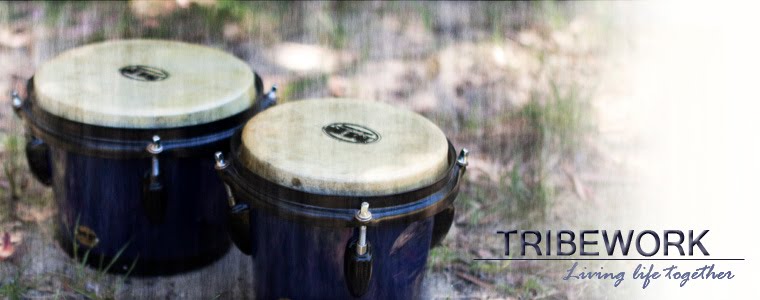
Triangles and relationships don’t mix. Regarding trust, where two’s pleasant company; three’s definitely a hindering crowd.
It happens in every sphere of living involvement to the farthest corner of the globe. It hinders and even destroys relationships more than we care to realise.
This thing is triangulation in relationships, where one person’s problem with another person is ‘shared’ with a third person without the person with the problem knowing about it. When the third person then talks with the person who’s apparently got the problem, that person feels betrayed by the person who went behind their back to speak with the third person. As a consequence trust is diminished.
Trigonometry As An Illustration
The three sides to the common triangle in trigonometry are named the opposite, adjacent and hypotenuse sides. The opposite and adjacent sides are presumably like brothers or sisters whereas the hypotenuse is like the parent — or in this case, the third person.
In trigonometry, the hypotenuse is the function of the other two; it’s bigger. And when we add a hypotenuse to our relational situations we get something bigger alright; usually a bigger problem. We start to involve a sense of innuendo or competition, and trust between the first two flies out the window, no matter how well the ‘hypotenuse’ role manages the tension created.
Unlike trigonometry, relationships are best designed without this third more supervisory side.
Techniques in Two-Sided Conflict Resolution
There’s nothing wrong with having someone in an observer or arbiter role. It’s just best that the two that have the problem — or one with the other — can ‘battle it out’ together in the same room, so a productive resolution can possibly be achieved.
We best have the conversation, forgetting email and conference calls and the like. Trust is actually enhanced when we have the courage to say what we think and feel in a safe environment. In this we’re trusting the other person with hard information and trusting that they’ll have a response that won’t hurt us. This environment is also likely to lead to a restrained version of each protagonist in any event.
Moral Courage – The Missing Link
The courage to confront people on issues is never easy but it does become easier with successful practice.
It’s always best, wherever possible, that two with a problem can fix it themselves without help. This often takes a great amount of humility and courage — both adding up to form maturity — from both.
But, certainly, where things are too strained for one or both it’ll involve even more courage — and certainly wisdom — to get someone else involved in the face-to-face encounter, because both are now placing at least part of their hopes for recognition of ‘their side’ in another person. This third person is likely to command much influence whilst they maintain their credibility with the protagonists.
Courage is the only way we navigate through our relational problems; otherwise, it’s too easy to let bygones by bygones, and much less resolution or healing takes place there, particularly with unforgiving people bent on grudges.
And added to this is possibly the most important facet of courage.
This is the humility of self-courage to look at our own faults squarely and admit them — for our part — when we’ve got it wrong. Two people do that and resolution suddenly materialises.
© 2011 S. J. Wickham.

No comments:
Post a Comment
Note: Only a member of this blog may post a comment.